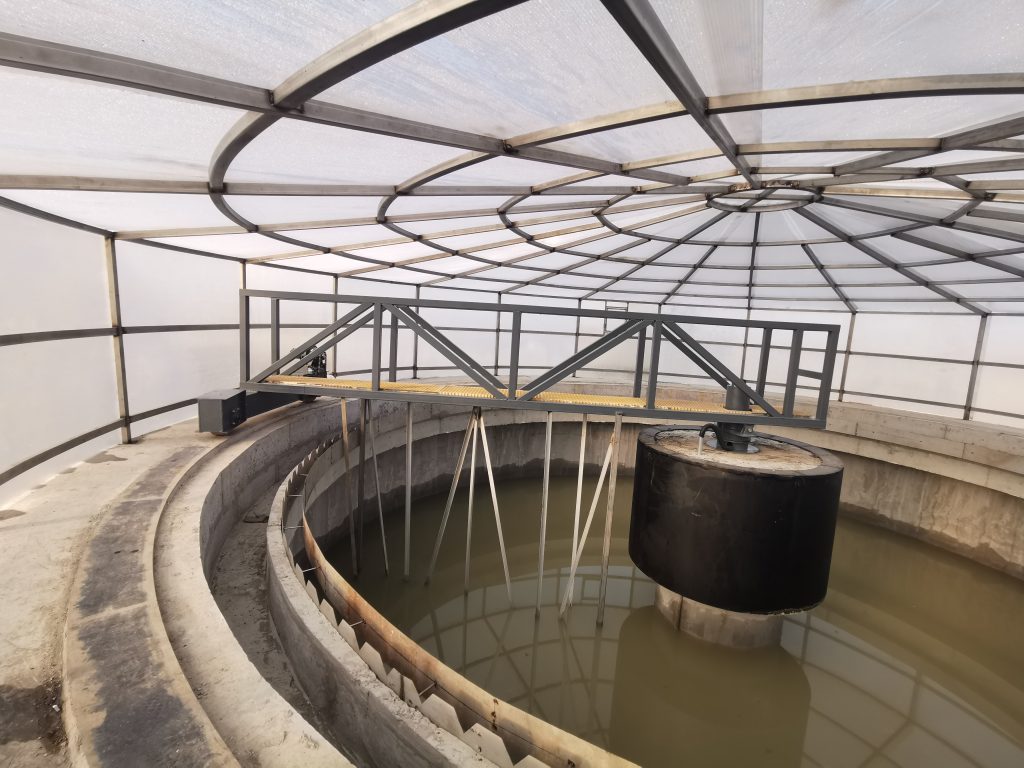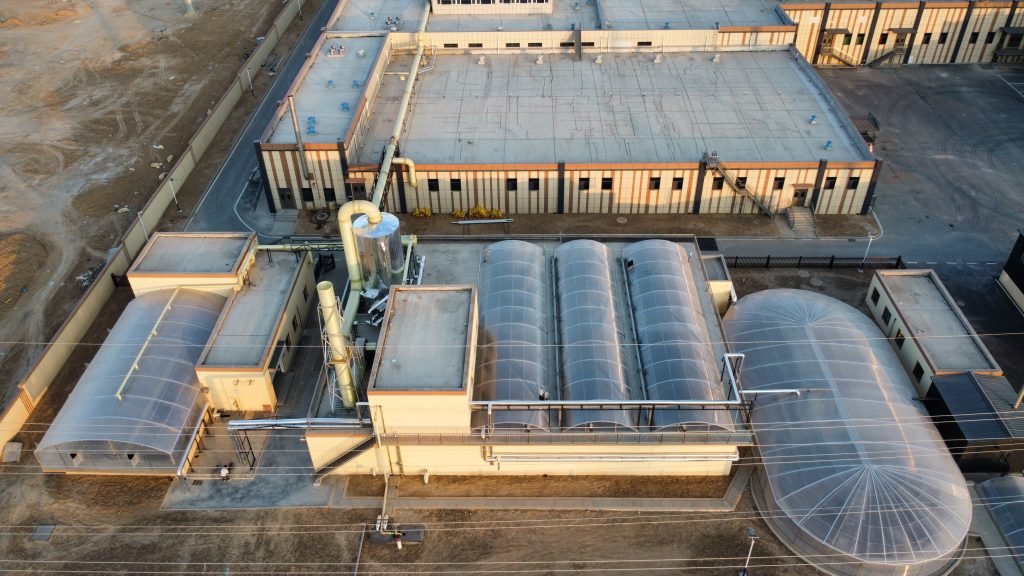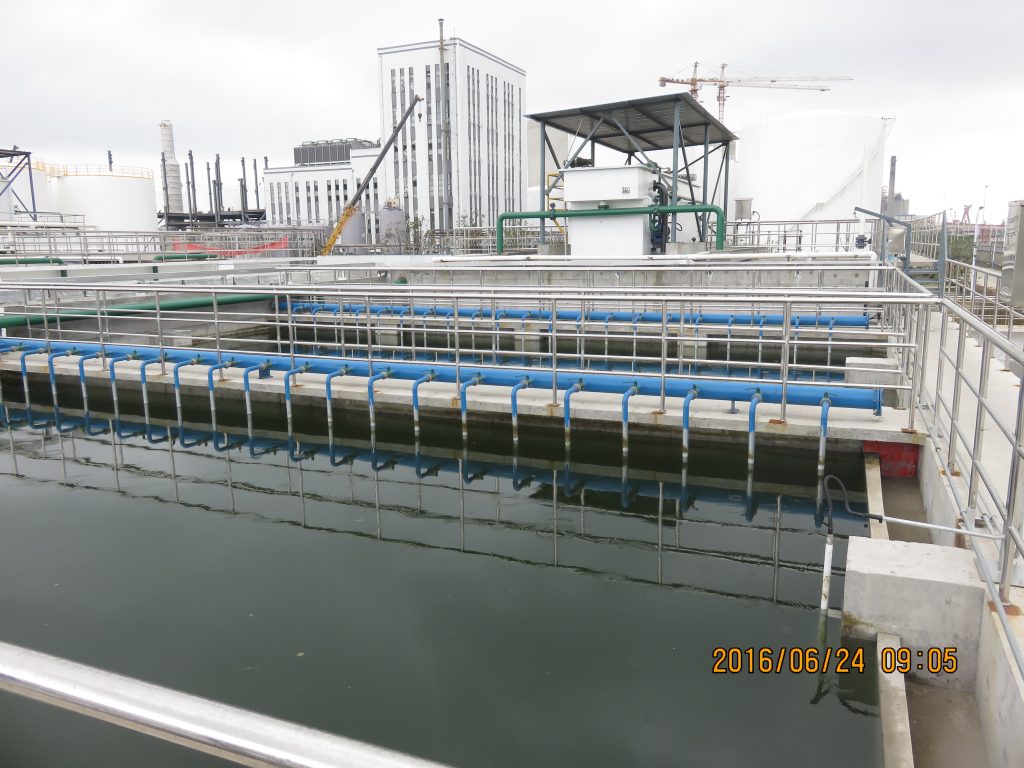An Overview of Aerated Tank Mixed Liquor
I. Introduction to Mixed Liquor Suspended Solids (MLSS)
Mixed Liquor Suspended Solids (MLSS), also referred to as mixed liquor suspended solid concentration, represents the concentration of activated sludge in the mixed liquor. It indicates the total mass of solid particles in the activated sludge per unit volume of the mixed liquor. The units of measurement are typically mg/L or g/L.
MLSS encompasses all components of the activated sludge, including microbial communities with metabolic functions, residues from microbial metabolism, organic and inorganic substances adsorbed on microorganisms, and other constituents.
II. Understanding Mixed Liquor Volatile Suspended Solids (MLVSS)
Mixed Liquor Volatile Suspended Solids (MLVSS), known as the concentration of organic solid substances in the mixed liquor, provides a measurement that excludes the inorganic components of activated sludge. It offers a more accurate assessment of the concentration of active components in the sludge. The units of measurement are also mg/L or g/L.
The ratio of MLVSS to MLSS remains fixed under certain conditions. For instance, in urban wastewater treatment, the MLVSS/MLSS ratio generally falls between 0.75 and 0.85. However, different industrial wastewater sources may have varying MLVSS/MLSS ratios.

III. Impact of MLSS and MLVSS Concentration on Treatment Performance
Maintaining a relatively stable sludge concentration, MLSS, in the aeration tank is crucial for efficient treatment and stable operation of the treatment system. Each aerobic activated sludge process has an optimal MLSS concentration. For conventional air aeration activated sludge, the optimal MLSS value is around 2 g/L, while for pure oxygen aeration activated sludge, the optimal MLSS value is higher, around 5 g/L.
Generally, when the MLSS in the aeration tank approaches its optimal value, the treatment performance improves, while lower MLSS concentrations often result in inadequate treatment efficiency.
Excessive MLSS concentration leads to prolonged sludge age, necessitating increased dissolved oxygen levels to sustain the normal activity of microorganisms. This increases the oxygen demand of the aeration system. Additionally, the increased density of the mixed liquor in the aeration tank results in higher energy consumption for mechanical or diffused aeration. In other words, although higher MLSS concentrations can enhance the resistance of the aeration tank to variations in influent water quality and shock loads, they are often uneconomical in terms of operation. Moreover, high MLSS concentrations may cause excessive sludge aging, reduced activity, and ultimately affect treatment performance. In practical operation, it may be necessary to reduce the MLSS value in the aeration tank by increasing sludge discharge to stimulate the growth and reproduction of microorganisms, thereby enhancing the activity of activated sludge in the decomposition and oxidation of organic matter.

IV. Understanding Sludge Volume Index (SV) in the Aeration Tank and Its Function
Sludge Volume Index (SV), also known as settling velocity or 30-minute settling rate, represents the percentage of settled sludge volume to the original mixed liquor volume after 30 minutes of settling in a graduated cylinder. It is expressed as a percentage (%). The SV value is determined by measuring the height of the settled sludge surface after 30 minutes in a 100 mL graduated cylinder, using a 100 mL sample of mixed liquor. Due to its simplicity and efficiency, SV is the most commonly used method to evaluate the concentration and quality of activated sludge.
SV reflects the sludge quantity and settling performance in the aeration tank during normal operation. A smaller SV value generally indicates better settling performance of the sludge. SV can be used to control the discharge of
excess sludge, and changes in SV can indicate the occurrence of sludge bulking. The magnitude of SV is influenced by factors such as sludge type, flocculation performance, and sludge concentration, resulting in significant differences in SV values among different wastewater treatment plants. Typically, urban wastewater treatment plants maintain SV values between 20% and 30%, while some industrial wastewater treatment plants may have SV values exceeding 90%. The presence of filamentous bacteria or the peroxidation of sludge for flocculation can significantly increase the SV value in the same wastewater treatment plant. Therefore, each plant should determine its optimal SV based on operational experience and data.
The SV value can be adjusted by increasing or decreasing the discharge of excess sludge. However, the SV value exhibits considerable variability and is influenced by influent flow rate. It is recommended to measure the SV value of the mixed liquor for each operational shift and compare it with the influent flow rate for validation.
During regular production and operation, assessing the performance of sludge settlement by determining the settling velocity of sludge within 5 minutes is preferred for prompt adjustment of operational conditions.

V. Common Anomalies when Measuring SV Values and Their Causes
Layered floating of sludge after 30-60 minutes of settling: This phenomenon often occurs in hot summer seasons when the activated sludge exhibits strong biological activity, resulting in nitrification and the formation of nitrates. In the secondary settling tank, nitrates are reduced to gaseous nitrogen. The gaseous nitrogen attaches to the flocs of activated sludge, causing sludge floating. After removing the bubbles, the sludge settles quickly. This issue can be resolved by reducing the sludge retention time in the secondary settling tank or decreasing aeration.
Suspension of tiny flocs in the supernatant with decreased transparency: This is caused by sludge disintegration, which can result from excessive aeration, low loading leading to excessive oxidation of activated sludge, or the introduction of toxic substances.
Unclear interface between sludge and water: This can occur when high-concentration organic wastewater enters the system, causing microorganisms to enter the logarithmic growth phase, resulting in poorly formed flocs that settle slowly.
These anomalies in SV measurements can impact the accuracy of assessing sludge settling performance and may indicate operational issues that require attention. Monitoring and analyzing such anomalies can help optimize the wastewater treatment process and ensure effective sludge settling.
